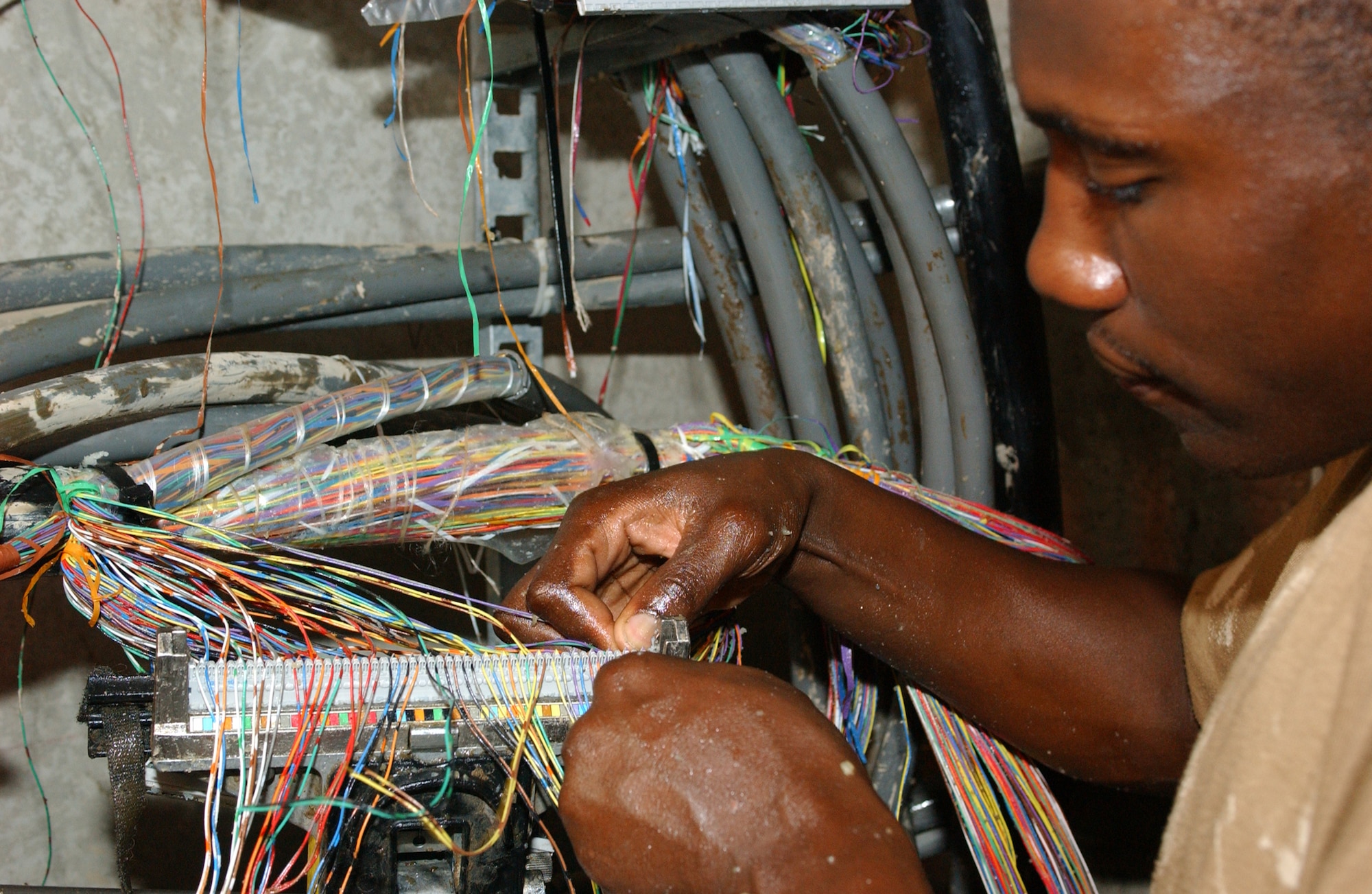Beware The What Is Electric Cable Scam
페이지 정보

본문

It was formerly used by the Milwaukee Road from Harlowton, Montana, to Seattle, across the Continental Divide and including extensive branch and loop lines in Montana, and by the Delaware, Lackawanna and Western Railroad (now New Jersey Transit, converted to 25 kV AC) in the United States, and the Kolkata suburban railway (Bardhaman Main Line) in India, before it was converted to 25 kV 50 Hz. In the Netherlands it is used on the main system, alongside 25 kV on the HSL-Zuid and Betuwelijn, and 3,000 V south of Maastricht. This was the origin of the Creed High Speed Automatic Printing System, which could run at an unprecedented 200 words per minute. Automatic Electric LPB82 Pre-pay payphone manufactured in Automatic's Northlake, Illinois facility. 1,500 V DC is used in Japan, Indonesia, Hong Kong (parts), Ireland, Australia (parts), France (also using 25 kV 50 Hz AC), the Netherlands, New Zealand (Wellington), Singapore (on the North East MRT line), the United States (Chicago area on the Metra Electric district and the South Shore Line interurban line and Link light rail in Seattle, Washington). It is commonly called a 300 Ω line because the line has an impedance of 300 Ω. Distinctive characteristics of the system are shutters on the line and neutral socket holes, and a fuse in the plug.
Both neutral and line carry current and are defined as live parts. In Portugal, it is used in the Cascais Line and in Denmark on the suburban S-train system (1650 V DC). Some electric traction systems provide regenerative braking that turns the train's kinetic energy back into electricity and returns it to the supply system to be used by other trains or the general utility grid. Disadvantages of electric traction include: high capital costs that may be uneconomic on lightly trafficked routes, a relative lack of flexibility (since electric trains need third rails or overhead wires), and a vulnerability to power interruptions. DC voltages between 600 V and 750 V are used by most tramways and trolleybus networks, as well as some metro systems as the traction motors accept this voltage without the weight of an on-board transformer. 2005: Flat screen TVs and HDTVs are introduced for the first time. The history of railway electrification dates back to the late 19th century when the first electric tramways were introduced in cities like Berlin, London, and New York City. Different systems are used for urban and intercity areas; some electric locomotives can switch to different supply voltages to allow flexibility in operation.
There are many other voltage systems used for railway electrification systems around the world, and the list of railway electrification systems covers both standard voltage and non-standard voltage systems. In Slovakia, there are two narrow-gauge lines in the High Tatras (one a cog railway). Railway electrification is the development of powering trains and locomotives using electricity instead of diesel or steam power. Electrification is seen as a more sustainable and environmentally friendly alternative to diesel or steam power and is an important part of many countries' transportation infrastructure. While diesel locomotives burn petroleum products, electricity can be generated from diverse sources, including renewable energy. Cable TV can start as low as $10/mo. The fire hazard of grouped cables can be significant. However, cables must be insulated. A grounded shield on cables operating at 2.5 kV or more gathers leakage current and capacitive current, protecting people from electric shock and equalizing stress on the cable insulation. Some electric railways have their own dedicated generating stations and transmission lines, but most purchase power from an electric utility. The line chosen is one of the lines, totalling 6000 km, that are in need of renewal.
The railway usually provides its own distribution lines, switches, and transformers. Railway electrification has constantly increased in the past decades, and as of 2022, electrified tracks account for nearly one-third of total tracks globally. These take into account the number of trains drawing current and their distance from the substation. Davy also invented a printing telegraph which used the electric current from the telegraph signal to mark a ribbon of calico infused with potassium iodide and calcium hypochlorite. Railway electrification is the use of electric power for the propulsion of rail transport. Both overhead wire and third-rail systems usually use the running rails as the return conductor, but some systems use a separate fourth rail for this purpose. 6-7 UIC conducted a case study for the conversion of the Bordeaux-Hendaye railway line (France), currently electrified at 1.5 kV DC, to 9 kV DC and found that the conversion would allow to use less bulky overhead wires (saving €20 million per 100 route-km) and lower the losses (saving 2 GWh per year per 100 route-km; equalling about €150,000 p.a.).
If you treasured this article and you simply would like to be given more info regarding what is electric cable nicely visit our own web site.
- 이전글성인웹툰바로가기ヴ 연결 (dvd_780)성인웹툰바로가기ヴ #3d성인웹툰바로가기ヴ 무료 24.10.02
- 다음글Free Music Sites Assists New Artists in Promotion 24.10.02
댓글목록
등록된 댓글이 없습니다.














